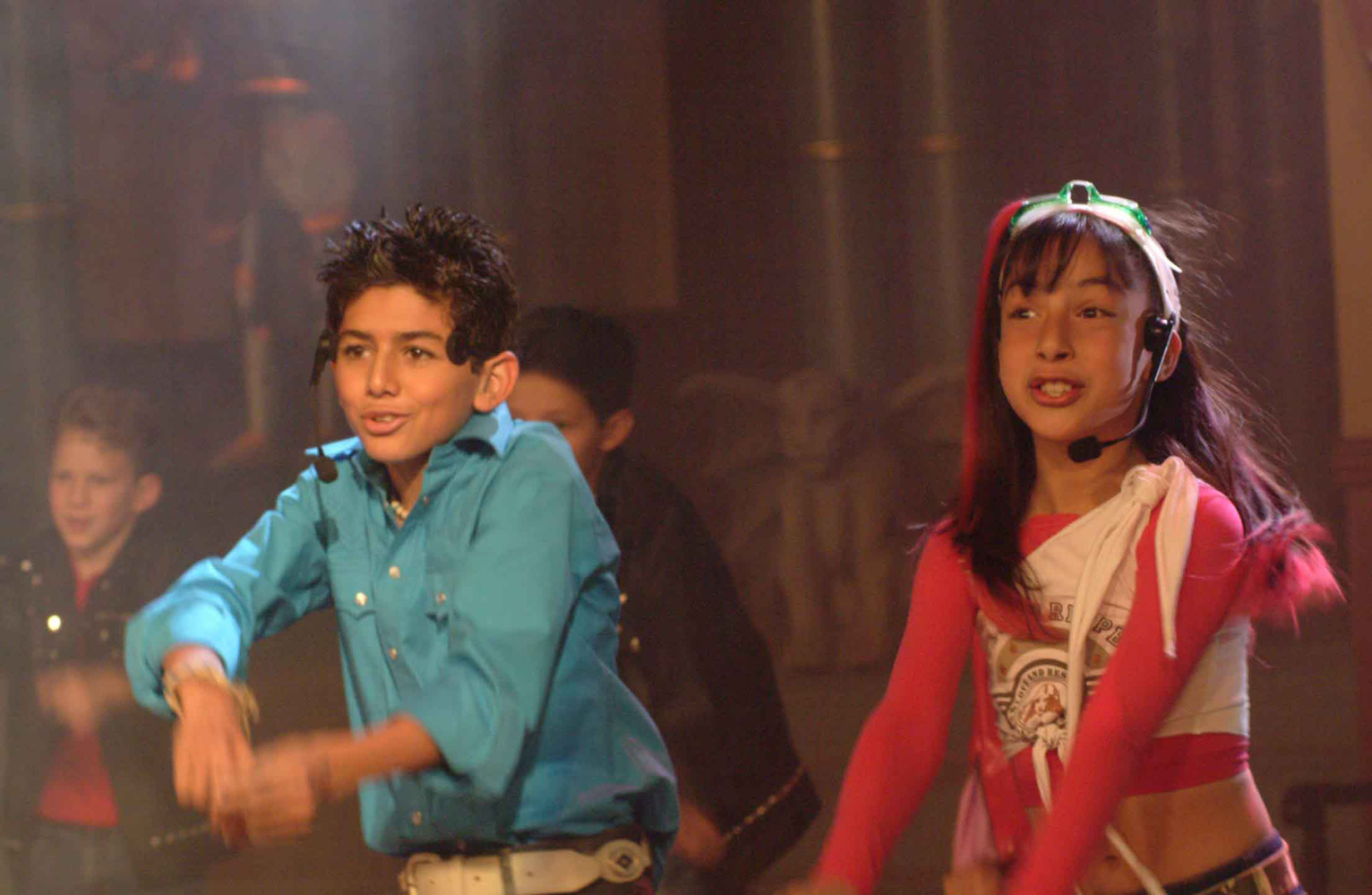Alegrijes y rebujos are not just artistic creations; they embody a rich tapestry of culture, history, and imagination that is deeply embedded in Mexican traditions. These fantastical creatures, with their vibrant colors and whimsical designs, are often seen as a celebration of life, creativity, and the interconnectedness of all beings. The term "alegrijes" first gained prominence in the 1930s, thanks to the visionary artist Pedro Linares, who brought these mythical beings to life through his papel picado and wood carvings. The word "rebujos," on the other hand, refers to the intricate details and embellishments that adorn these magnificent pieces, adding depth and character to their already enchanting forms.
As we delve deeper into the world of alegrijes y rebujos, we will uncover not only the artistic significance behind these creations but also their cultural relevance and the stories they tell. From the vibrant streets of Oaxaca to the bustling markets of Mexico City, the presence of alegrijes is felt everywhere, captivating the hearts and minds of locals and visitors alike. This article will take you on a journey through the history, artistry, and symbolism of these extraordinary figures, revealing the many layers that make them a beloved aspect of Mexican folklore.
In this exploration, we will answer several key questions about alegrijes y rebujos, including their origins, the techniques used in their creation, and their role in modern-day art and culture. So, whether you are an art enthusiast, a cultural explorer, or simply curious about these colorful creations, read on to discover the magic of alegrijes y rebujos!
What Are Alegrijes y Rebujo?
Alegrijes are brightly colored Mexican folk art sculptures of fantastical creatures. They are often made from wood and painted in vivid colors, depicting a blend of various animals, mythical beings, and imaginary creatures. The term "rebujos" refers to the intricate details and embellishments that enhance the overall aesthetic. Together, these elements create a visual feast that celebrates creativity and imagination.
Where Did Alegrijes Come From?
The origins of alegrijes can be traced back to the 1930s when Pedro Linares, a talented craftsman from Mexico City, dreamed of a world filled with strange creatures while he was ill. He envisioned a forest filled with trees, animals, and mythical beings, which he later recreated in paper-mâché. His creations inspired a new art form that has since evolved into the vibrant tradition we see today.
How Are Alegrijes y Rebujo Made?
The creation of alegrijes y rebujos involves a meticulous process that combines craftsmanship, artistry, and cultural heritage. Artisans typically follow these steps:
- Designing: Artists sketch their ideas, often drawing inspiration from nature, mythology, and personal experiences.
- Carving: Using wood or other materials, artisans carefully carve the shapes and forms of the alegrijes.
- Painting: Once the base is complete, vibrant colors and intricate patterns are applied, bringing the creations to life.
- Embellishing: Finally, rebujos are added as decorative elements to enhance the overall appearance.
Who Are the Notable Artists Behind Alegrijes y Rebujo?
Several artists have contributed to the evolution of alegrijes y rebujos, including Pedro Linares himself, who is often regarded as the father of this art form. Other notable artists include Manuel Jiménez, who popularized the use of wood in the creation of these creatures, and the contemporary artist, Armando L. Mendez, who has taken alegrijes to new heights with his innovative techniques and designs.
What Symbolism Lies Within Alegrijes y Rebujo?
Alegrijes y rebujos carry significant cultural symbolism. They are often seen as protectors and guides, embodying the spirit of the animals they represent. The vibrant colors and intricate designs reflect the joy of life and the connection between the human and natural worlds. Each piece tells a unique story, representing the beliefs and traditions of the communities that create them.
How Are Alegrijes y Rebujo Relevant Today?
In contemporary society, alegrijes y rebujos continue to thrive as a form of artistic expression. They are featured in galleries, art festivals, and cultural events throughout Mexico and beyond. Additionally, the rise of digital technology has allowed artists to explore new mediums, expanding the reach and appreciation of this vibrant art form globally.
What Impact Do Alegrijes y Rebujo Have on Mexican Culture?
The impact of alegrijes y rebujos on Mexican culture is profound. They serve as a reminder of the country's rich artistic heritage and the importance of preserving traditional craftsmanship. Through workshops and educational programs, younger generations are encouraged to engage with this art form, ensuring its survival and evolution for years to come.
Can You Experience Alegrijes y Rebujo in Person?
Absolutely! Visitors to Mexico can immerse themselves in the world of alegrijes by exploring artisan markets, galleries, and cultural festivals. The annual Guelaguetza festival in Oaxaca, for example, showcases traditional dances, music, and, of course, the mesmerizing art of alegrijes. Additionally, many artisans offer workshops where individuals can learn the techniques behind creating their own alegrijes.
Final Thoughts on Alegrijes y Rebujo
In conclusion, alegrijes y rebujos are more than just colorful sculptures; they are a celebration of life, culture, and creativity. Their rich history, intricate designs, and the stories they tell make them an essential part of Mexican folklore. As you explore this enchanting world, may you find inspiration and joy in these whimsical creations that continue to capture hearts and imaginations across the globe.
Discovering The Charm Of Oxbow Hotel Wisconsin
Discover The Allure Of Van Lavino Hyderabad
Indulge In Delight: The Sweet Story Of Carvel Ice Cream Cake

